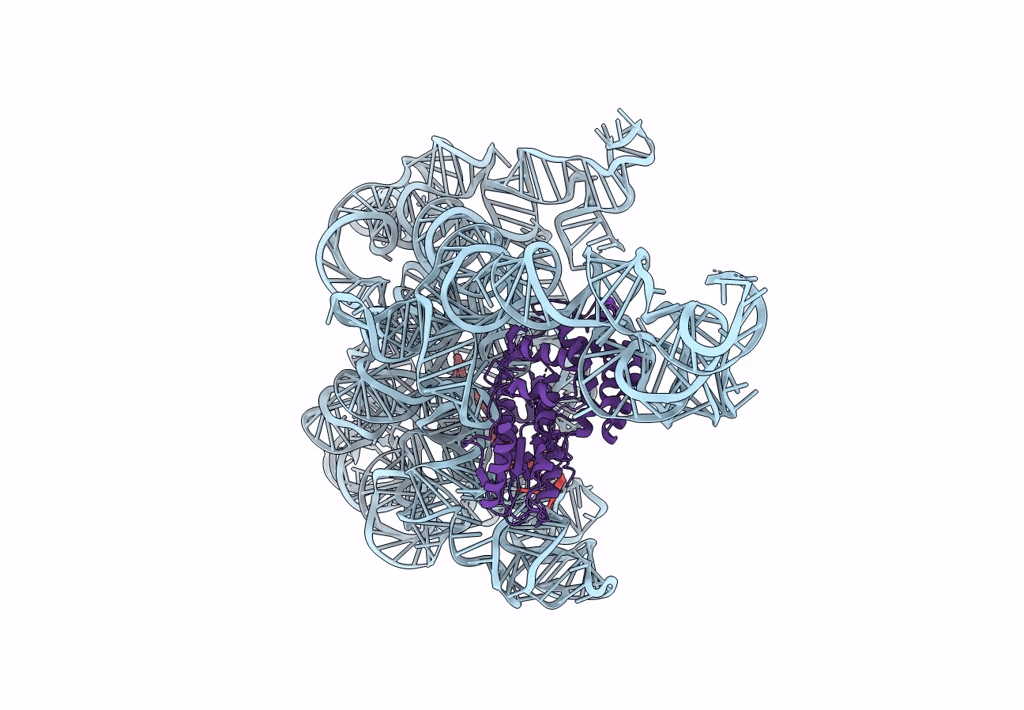
Deposition Date
2018-09-06
Release Date
2019-08-14
Last Version Date
2024-03-13
Entry Detail
PDB ID:
6MEC
Keywords:
Title:
Structure of a group II intron retroelement after DNA integration
Biological Source:
Source Organism:
Thermosynechococcus elongatus (Taxon ID: 146786)
Thermosynechococcus elongatus (strain BP-1) (Taxon ID: 197221)
Thermosynechococcus elongatus (strain BP-1) (Taxon ID: 197221)
Host Organism:
Method Details:
Experimental Method:
Resolution:
3.60 Å
Aggregation State:
PARTICLE
Reconstruction Method:
SINGLE PARTICLE


